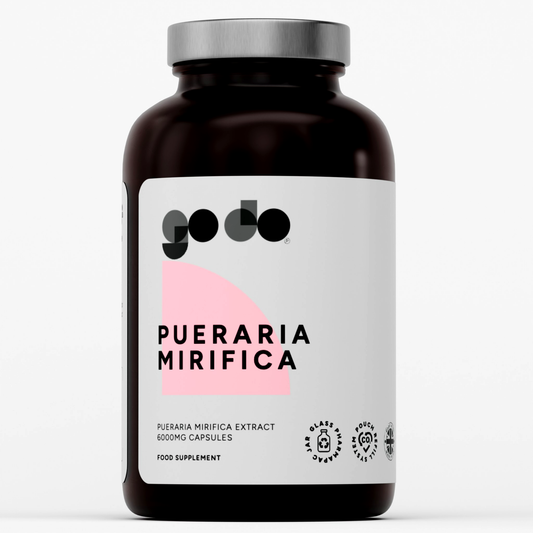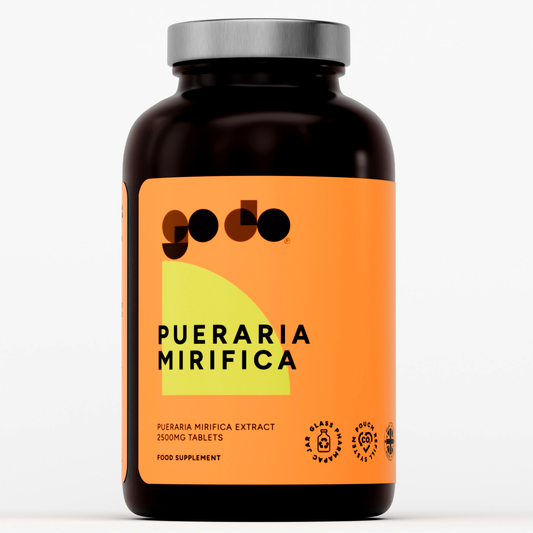
Fasting would seem to be the swiftest way to lose fat. But for each pound (0.45 kg) you lose, approximately 60% of said loss is derived from muscle tissue, and only 40% is fat. This is not an ideal method as sacrificing muscle tissue (resulting in strength loss and mobility issues) is not worth the 40% fat loss! In an ideal world, losing fat weight involves sustaining your protein levels while cutting back on all other caloric intake. You increase the calorie deficit by adding more aerobic exercise to your daily activities. It is hard to say how many calories you need to eat in order to lose weight – for the reason that there are so many variables, such as body type, body weight, level of exercise, and natural metabolism – except that you need to put your body into caloric deficit to burn off more energy than you take in from your food. This is most often an issue of trial and error.
For instance, if a physically active person writes down what he or she consumes, and it adds up to 3000 calories a day, and this person is maintaining his or her body weight, then he or she can try cutting back to 2500 or 2000 calories a day in order to lose body fat. If a person has a particularly slow metabolism, then the number may have to be cut back even further to 1600 or 1800 calories.
A useful method to attain a loss as great as possible in terms of fat without sacrificing muscle tissue can be found below.
Continue to consume an adequate amount of protein (at least 1 gram of protein for each pound (0.45kg) of body weight)) on days in which you are exercising (which accelerates the fat burning process) – the demand may be less on days in which you are not exercising.
Consume low fat – about 20% of your total caloric intake. (Research shows supplementing your diet with 6 grams – 6 one-gram capsules – of fish oil each day may lower body fat and increase muscle mass with no change in diet!)
- Decrease your carbohydrate intake as much as possible without going into a state of ketosis.
- If possible, try to do 45 minutes to an hour of aerobic exercise four or five times a week.
- The amount of carbs you need to stay out of ketosis will vary depending on how much exercise (weight training and aerobics) you are doing.
While we’re on the subject, remember that carbohydrate is no way bad for you or particularly fattening. As long as it is nutritional it is not ingested in the form of ‘empty calories’. The reason you cut way back on ingestion of carbs when you are dieting is to keep your overall caloric intake (except for protein) to a minimum.
Bibliography
Brehm, B.J., and D.A. D’Alessio. 2008. Benefits of high-protein weight loss diets: Enough evidence for practise? Current Opinions in Endocrinology, Diabetes, and Obesity 15(5)
Campbell, Bill I., and Marie A. Spano. NSCA’s Guide to Sport and Exercise Nutrition.
Champaign, IL: Human Kinetics, 2011.
Earle, Roger W., and Thomas R. Baechle. NSCA’s Essentials of Personal Training. 2nd ed. Champaign, IL: Human Kinetics, 2012.










